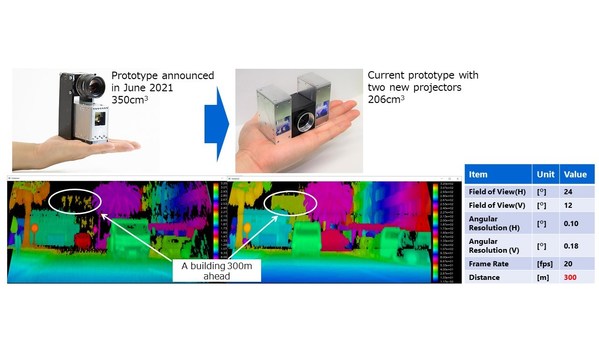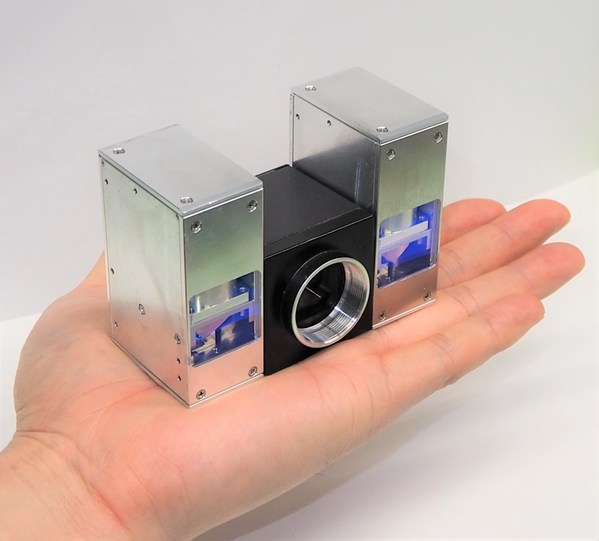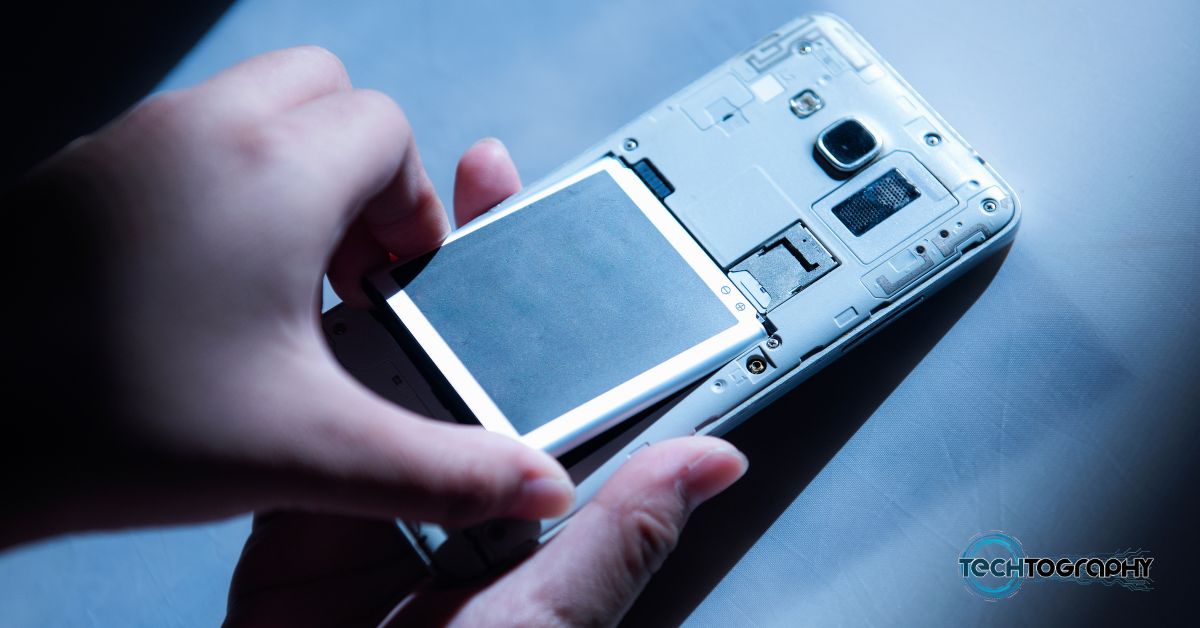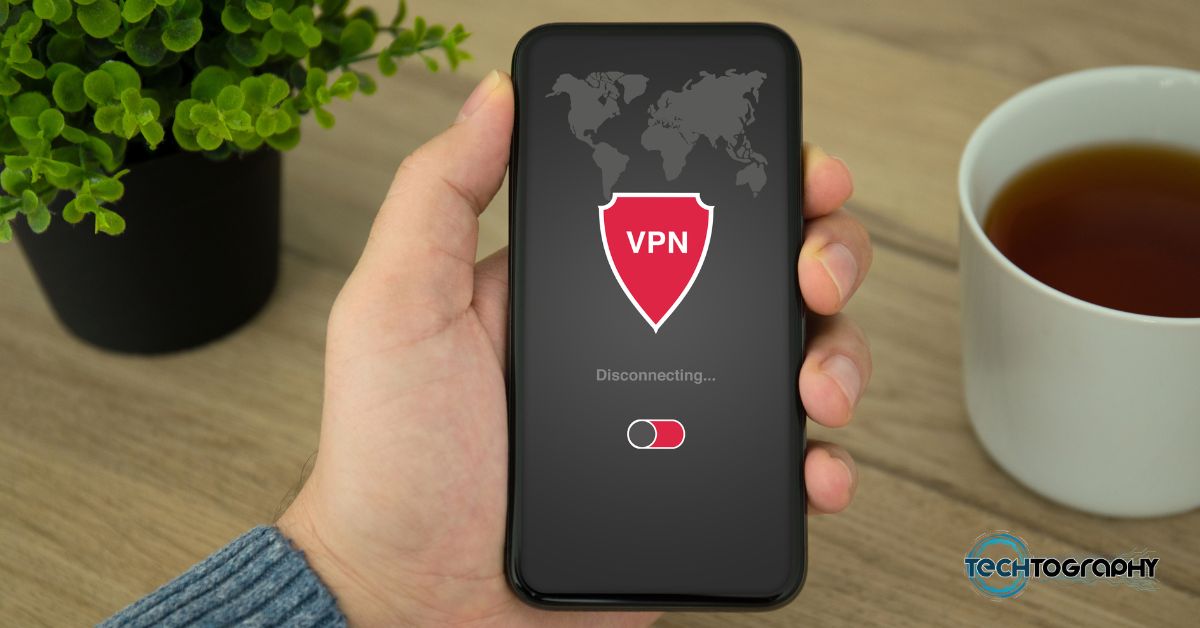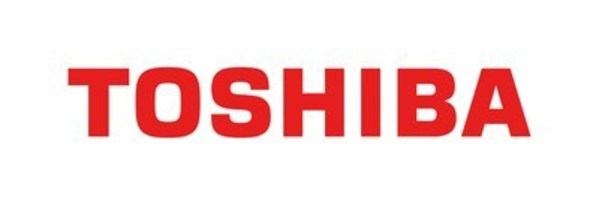 |
SINGAPORE, June 27, 2022 /PRNewswire/ — Over the past decade, autonomous driving has progressed from a vision of the future to reality. LiDAR (Light Detection and Ranging, Laser Imaging Detection and Ranging) is an essential sensor for automated driving. The technology is available in some luxury cars with Level 3 conditional driving automation. Toshiba is among the companies with a LiDAR that can handle Level 4 autonomous driving.
To view the Multimedia News Release, please click: https://www.prnasia.com/mnr/Toshiba_202206.shtml
Toshiba has recently revealed significant advances in the new palm-sized laser projector unit that pushes LiDAR’s detection range out to 300m, the world’s longest with an industry-leading image resolution of 1200×84 pixels. It can be configured with flexible combinations of projector units to handle a variety of long-range and wide-angle detection applications. This new LiDAR will advance progress in many application areas, such as autonomous driving and infrastructure monitoring, and opens the way to exploring partnerships in other areas.
Road safety is often compromised by poor weather and risks from events or disasters. The current use of surveillance camera and radar have limitation in measuring distance, is weak in capturing objects in 3D clearly, and has poor performance under low light conditions. Toshiba LiDAR systems instantly and accurately detect road conditions and support decision-making on movement. With decades of experience in semiconductors and our expertise in optical technologies, Toshiba is capable of realizing solid-state LiDAR’s miniaturization while at the same time ensuring reliability and durable performance.
Toshiba’s solution is a LiDAR that can use multiple small projector units, the laser beam source. They all emit an eye-safe beam in the same direction, which increases the effective range. This approach also keeps down the LiDAR’s overall size with shrinking the volume of the projector unit to 71cm3. The innovative circuit design reduces the motor control board by 60% against the size of the previous prototype and uses know-how in 3D component mounting to reposition components and lenses.
LiDAR is closely associated with vehicle automation, a fast-growing market expected to reach 42 million units a year by 2030. Toshiba aims to commercialize LiDAR for autonomous driving and high-precision infrastructure monitoring in the fiscal year 2023, and look forward to exploring new applications in robots, drones, and security devices.
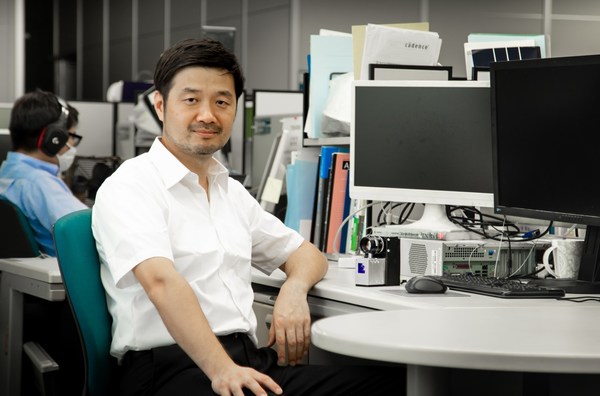
Akihide Sai, Senior Research Scientist, IoT Edge Laboratory, Information and Communications Platform Laboratories, Corporate Research & Development Center, Toshiba Corporation

Higher image quality confirmed using LiDAR with two projectors (right) than one (left)
